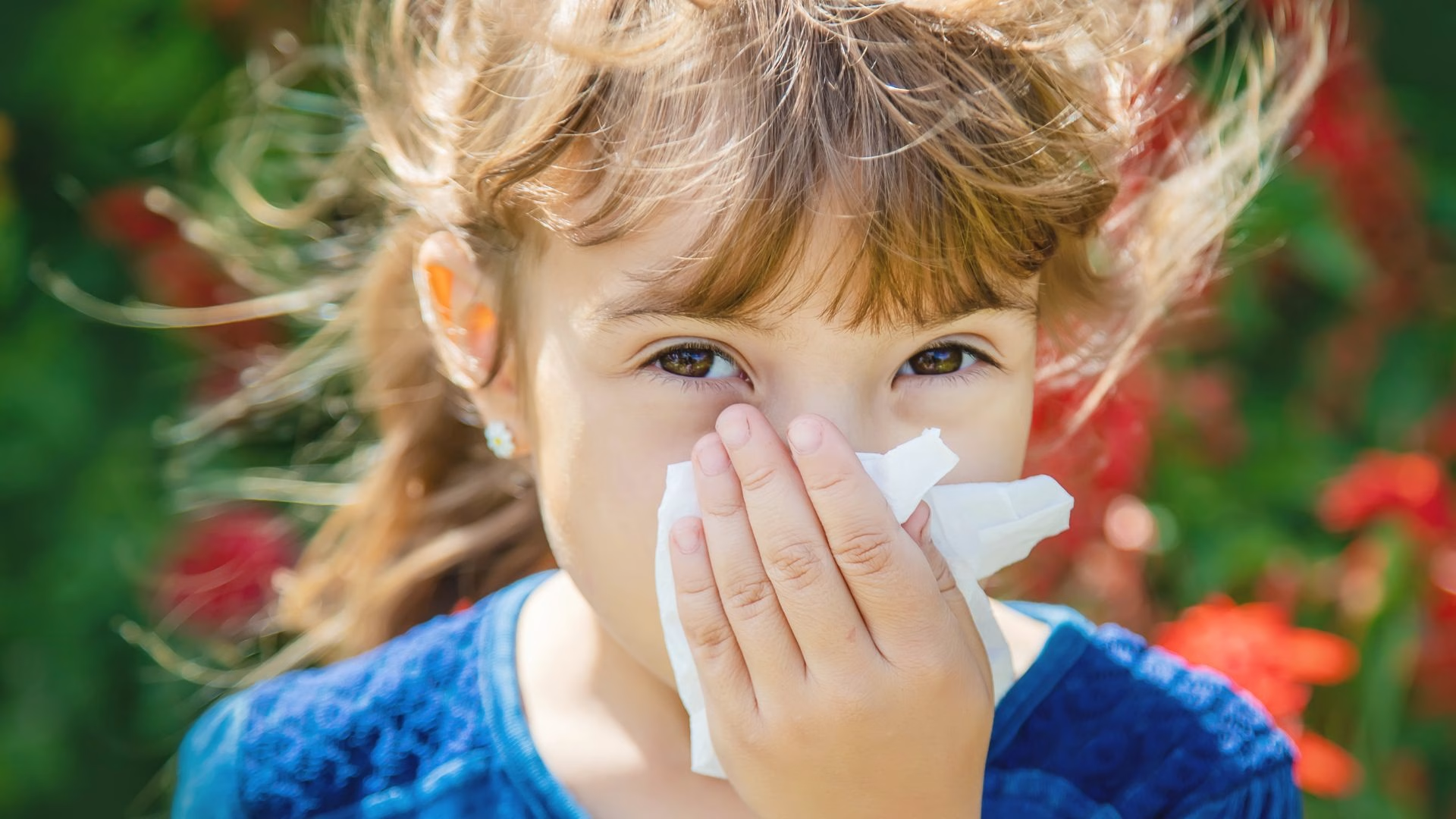"
In Massachusetts, cases of Eastern Equine Encephalitis (EEE) have been reported and several Mass. counties are at critical risk for EEE due to mosquito bites. The early fall is usually a higher risk of EEE as public health departments have scheduled repellent sprayings in at-risk communities.
Make sure that you keep up with your local health appointments and follow updates to avoid areas that could have EEE risks. However, it is also important to watch for key risks and symptoms of the disease to help prevent the disease. Without prevention, your health could significantly worsen in the event that you get the virus. EEE can lead to serious brain trauma and is currently incurable without a working vaccine.
So what are some of the key risks and symptoms of EEE to watch for this year?
EEE can be asymptomatic or include a variety of general illness symptoms
What can make EEE especially dangerous for patients is that the disease can either be asymptomatic or display early symptoms that seem like an oncoming minor cold.
Asymptomatic diseases mean that patients are not likely to show signs or symptoms of a disease until the disease has caused a critical health impact on the patient. In the case of EEE, this could mean a coma or potential seizure.
Additionally, EEE symptoms begin fairly mild and include headache and fever. But the CDC explains that the disease impacts patients differently based on their age:
“Systemic infection has an abrupt onset and is characterized by chills, fever, malaise, arthralgia, and myalgia. The illness lasts 1 to 2 weeks, and recovery is complete when there is no central nervous system involvement. In infants, the encephalitic form is characterized by abrupt onset; in older children and adults, encephalitis is manifested after a few days of systemic illness. Signs and symptoms in encephalitic patients are fever, headache, irritability, restlessness, drowsiness, anorexia, vomiting, diarrhea, cyanosis, convulsions, and coma.
EEE is easily preventable with just a few steps
Even though the presence of EEE alone is quite alarming, many patients can take some proactive steps to effectively prevent the disease.
For example, staying away from wooded areas, stillwater ponds/sources, and engaging in outdoor activities at night during mosquito activity greatly increase your EEE risk. A few other prevention strategies that significantly lower EEE risk includes:
- Wear long sleeve shirts and pants when outside during an EEE alert. Protective full-body clothing can help to reduce the risk of getting a mosquito bite and EEE transmission.
- Buy effective repellents and follow the instructions to safely apply it to any exposed part of your body. Repellents are some of the most effective tools for fighting off mosquitoes.
- Use screens, air conditioners, and protective slides near open areas of your household. This prevents mosquitoes from entering your house whenever you need your window open.
"


